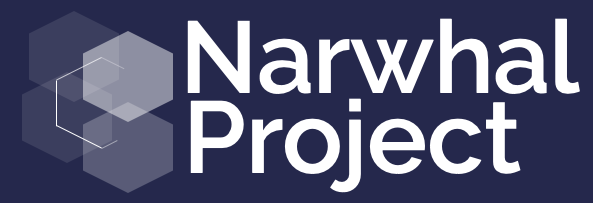The Dog and the Wolf
A gaunt Wolf was almost dead with hunger when he happened to meet a House-dog who was passing by. “Ah, Cousin,” said the Dog. “I knew how it would be; your irregular life will soon be the ruin of you. Why do you not work steadily as I do, and get your food regularly given to you?”
“I would have no objection,” said the Wolf, “if I could only get a place.” “I will easily arrange that for you,” said the Dog; “come with me to my master and you shall share my work.”
So the Wolf and the Dog went towards the town together. On the way there the Wolf noticed that the hair on a certain part of the Dog’s neck was very much worn away, so he asked him how that had come about. “Oh, it is nothing,” said the Dog. “That is only the place where the collar is put on at night to keep me chained up; it chafes a bit, but one soon gets used to it.” “Is that all?” said the Wolf. “Then good-bye to you, Master Dog.”
Better starve free than be a fat slave.
And so it goes at work. If you take no risks you’ll never get anywhere. You’ll end up being a very fat slave, eating well but unfree.
The ability to take measured risks is one of the key components of leadership. The key is to be taking risks that are manageable and measured, ones that will not destroy your career.
Risk is personal. What might be risky to you may not be risky at all to other people. What you need to do to start down the path to risk taking is to first identify those things that you find risky and then begin to try a strategy to manage your risks.
- Identify 5 things that you find risky at work.
- For each item, figure out the rewards for taking the risk.
- Next figure out the consequences of failure.
- Evaluate all of those items and pick one that seems the least risky.
- Now go and do it, take that risk and see whether it works.
Once you get the hang of taking risks, you should be trying out your new risk taking behaviour on a regular basis, trying new things and learning from them.
If you feel like it, tell me what you find risky and how you’ll manage taking that risk.

